
The Great Escape is a clever isometric stealth adventure in which you guide a prisoner through the strict routines of a wartime camp. Published by Thunder Mountaint, the game blends exploration, timing, and deception into a tense, story-driven experience. You’ll map routes, gather tools, and blend into roll calls while quietly planning your breakout. If you enjoy the tactical sneaking of Metal Gear or the puzzle-driven tension of Impossible Mission, this game will feel instantly compelling. Designed for patient players who like to plan rather than rush, it remains a timeless example of stealth done right, perfect for anyone who wants to play a classic game online.
The Great Escape arrived in the mid-1980s as a distinctive interpretation of a prisoner-of-war drama, developed by Dentons and published by Thunder Mountain. It stood out by treating stealth as a daily routine rather than a mere gimmick. Instead of assigning you straightforward missions, it throws you into the rhythms of camp life and asks you to observe. The guards have routes, the sirens have a cadence, and your fellow prisoners follow schedules. By watching and learning, you uncover opportunities to slip away, collect contraband, and piece together a daring plan. That measured pace, anchored by a believable loop of order and disruption, is what continues to make this game immediately recognizable and deeply replayable.
Where many action titles ask you to fight, The Great Escape asks you to blend in and vanish. The isometric perspective gives you a commanding view of huts, fences, and patrols, encouraging you to think spatially. You study sight lines, remember where keys and tools are stored, and anticipate when a roll call or meal break will pull guards to specific spots. Success often comes down to timing: being in the right place two seconds earlier or later can mean the difference between slipping through a gate or spending time in solitary. The game’s most memorable moments are quiet—ducking into a shadow as a searchlight sweeps past, or calmly joining the march to the mess hall with contraband hidden in your pockets. Everything in the design nudges you toward patience and careful planning, and the satisfaction of executing a perfect detour is still powerful today.
The camp behaves like a character. Sirens blare, patrols adjust, and the routine shifts with your actions. If you trip alarms or get caught too often, the atmosphere tightens, and your margin for error narrows. That sense of escalation keeps tension high without relying on flashy spectacle. The game communicates stakes with simple audiovisual cues and clear cause-and-effect: you learn to respect curfews, avoid spotlights, and manage risk intelligently. There is no single golden route to freedom; instead, there are many interlocking possibilities, and part of the fun is discovering which combination of timing, tools, and courage suits your style. In this way, The Great Escape feels more like an interactive puzzle box than a linear action game, rewarding curiosity and methodical thinking.
The Great Escape tells its tale primarily through space, routine, and implication. You infer the broader narrative from the environment itself—the barbed wire, the guard towers, the locked doors that hint at forbidden corridors and supply caches. When you find a clandestine passage or a hidden key, the discovery feels like a whispered conversation with the designers. The lack of heavy exposition keeps the experience grounded and universal, letting the setting and your actions carry the story. Every successful detour feels like a small victory for ingenuity, and each close call adds to an internal chronicle of narrow escapes and improvised tactics. It’s an elegantly economical approach to storytelling, and it helps the game remain timeless.
You can play The Great Escape online free, straight in a browser, without downloads, and it works smoothly on mobile devices without restrictions. This makes it easy to jump into a quick session, test a new escape route, or share the experience with someone who has never seen the game before. The crisp visuals of the isometric world translate well to touch controls and modern screens, and the deliberate pacing is ideal for short bursts of play during a break or longer sessions when you want to refine a plan. Because the core loop depends on observation and timing rather than split-second reflexes, it adapts gracefully to different control methods, letting you enjoy the original design in a convenient, accessible way.
A key reason the game endures is its respect for the player’s intelligence. You are never told exactly what to do; you are given a world with rules and then invited to exploit those rules. You decide whether to smuggle a tool during the midday lull, whether to risk a longer detour to avoid a guard, or whether to wait one more cycle for a safer gap. The resulting sense of ownership over the escape plan is profound. Failures feel educational rather than punishing because each misstep reveals something about guard behavior or level layout. Even after you achieve freedom once, you’ll want to experiment with alternate paths—could you leave earlier, or with fewer tools, or by exploiting a different blind spot? That evergreen curiosity is the hallmark of great game design.
The visuals rely on clean, readable shapes that prioritize clarity over noise. Walls and fences are easy to parse at a glance, and guard sprites convey intent through their routes and posture. The audio cues—footsteps, alarms, and ambient hints—serve gameplay first, letting you judge distance and urgency without clutter. Because the presentation aims for legibility and mood instead of chasing trends, it sidesteps aging poorly and remains effective decades later. The restraint on display is the source of its power: the game trusts your imagination to fill in details, which makes its world feel larger than the screen.
The Great Escape helped define how stealth could operate outside pure action, long before the genre became mainstream. Its emphasis on routine, line-of-sight management, and small, meaningful victories informed countless later titles. The design holds up because it rests on fundamentals: predictable systems, readable spaces, and clear feedback. Every session teaches you something new about the camp’s logic, and that steady growth keeps the loop fresh. Whether you come to it as a fan of stealth, historical themes, or clever puzzle-like challenges, there’s a satisfying depth that rewards both novices and veterans.
The Great Escape is a measured, thoughtful game that transforms a POW camp into a clockwork labyrinth. It respects your time and intelligence by letting you chart your own path to freedom. Controls are straightforward and vary by setup, but you can expect directional movement for navigation, a key to interact with objects and characters, an input for inventory or items, and a pause or menu command to give you a moment to plan. Take a breath, study the routine, and then make your move.
All used codes are publicly available, and The Great Escape remains the property of its original authors.
Share game
Share game
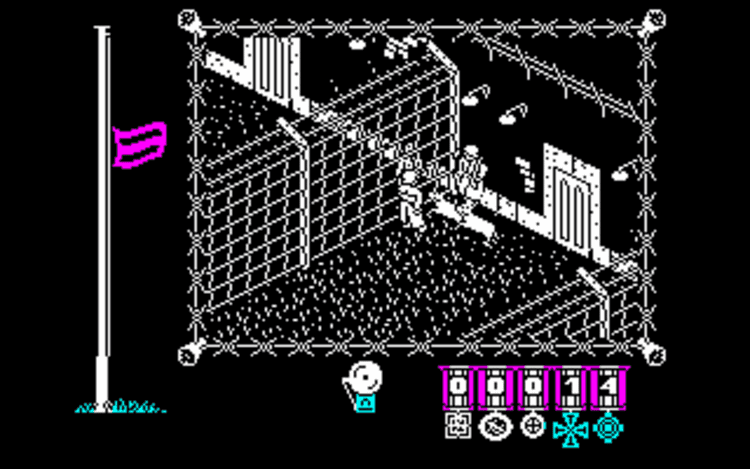
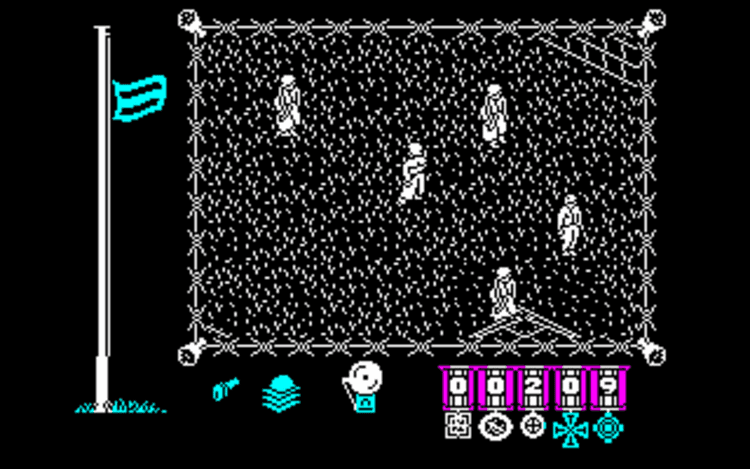
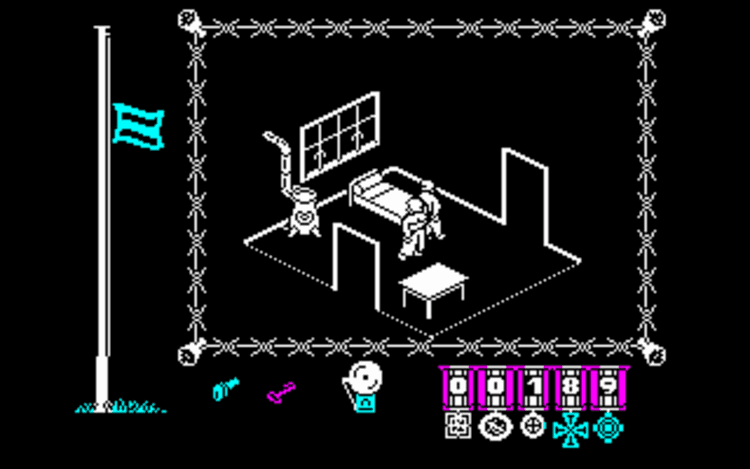
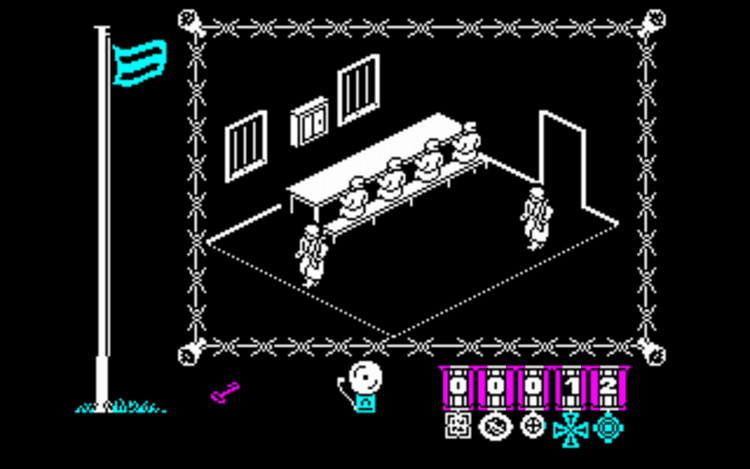
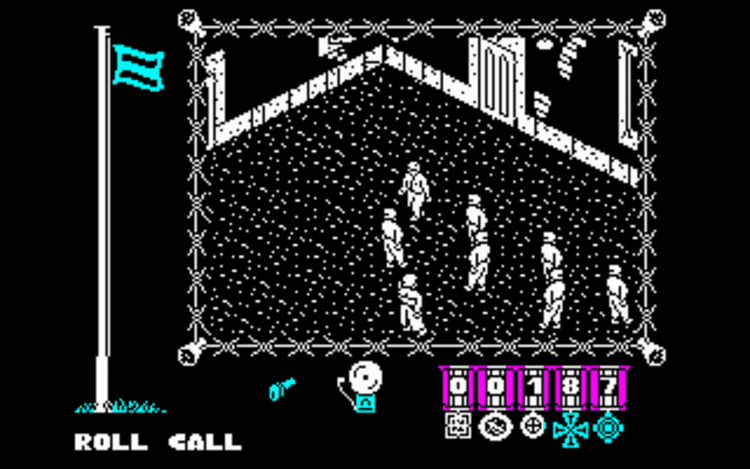
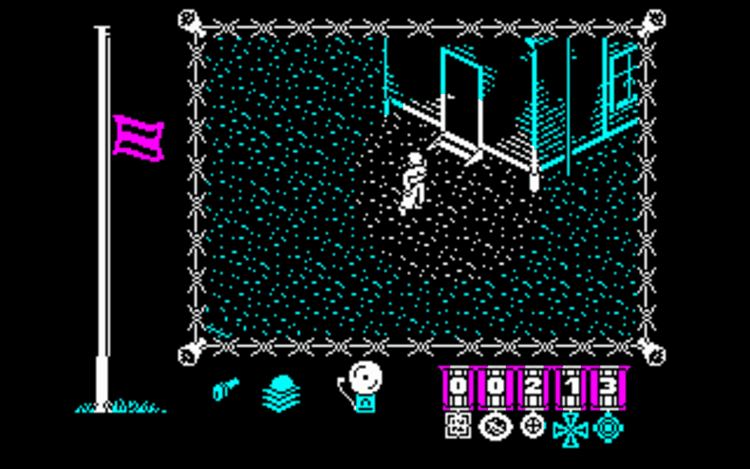
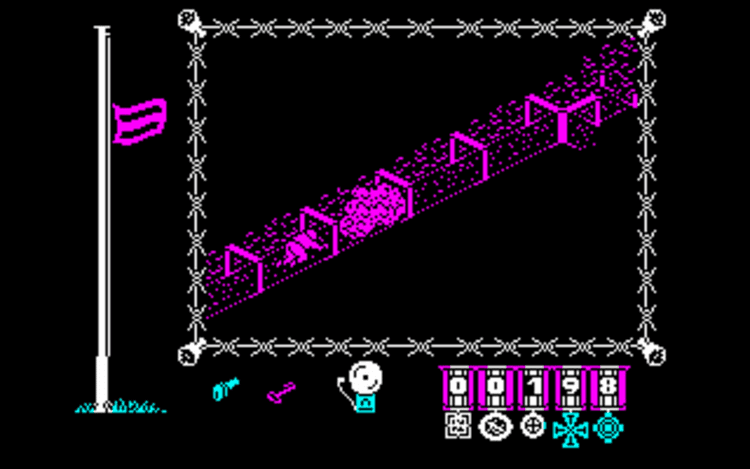

Share game